Oregonians: It's time to SPRING into climate action!

![]() Cities play a unique and critical role in reducing greenhouse gas emissions. Half the world lives in cities and over 80% of Americans do. Cities are responsible for 70% of global carbon emissions. Hence, strategies to reduce urban emissions are essential to solving the climate crisis and cities will play a vital role in achieving the carbon reduction targets required to keep the earth at a viable temperature. In this pathway, we chronicle how American cities are reducing climate pollution by investing in energy efficiency, local distributed renewable energy, electricity grid innovation, and clean transportation.
Cities play a unique and critical role in reducing greenhouse gas emissions. Half the world lives in cities and over 80% of Americans do. Cities are responsible for 70% of global carbon emissions. Hence, strategies to reduce urban emissions are essential to solving the climate crisis and cities will play a vital role in achieving the carbon reduction targets required to keep the earth at a viable temperature. In this pathway, we chronicle how American cities are reducing climate pollution by investing in energy efficiency, local distributed renewable energy, electricity grid innovation, and clean transportation.
What are the top strategies for cities to reduce greenhouse gas emissions?
Cities have policy and programmatic tools to reduce greenhouse gas emissions, especially in the areas of capping emissions, energy supply, building energy efficiency, and transportation. Tokyo, Japan and Shenzhen, China pioneered local systems to cap and price carbon emissions. Berlin, Germany and Minneapolis, MN are partnering with their energy utilities to clean up their electricity supplies, while Sonoma County, CA and Westchester County, NY are negotiating for cleaner, cheaper electricity on behalf of their residents.
Lancaster, CA requires that all new rooftops come equipped with solar panels or have access to solar energy. Fifteen cities and one county across the U.S. require that commercial building owners report their energy use on an annual basis, as a tool to increase market awareness and valuation of building energy performance.
Policies that encourage urban density with robust transportation options and affordable housing set the framework for low-carbon communities. Finally, electrification of vehicles, buses, trucks, and equipment – especially in regions that have low- or no-carbon electricity—can be a crucial strategy to reduce the use of oil in transportation.
What is carbon neutrality, and how do cities achieve it?
A city on the path to carbon neutrality is one that aims to power its buildings, transportation, and other energy-consuming activities without fossil fuels. In the words of the Carbon Neutral Cities Alliance, achieving carbon neutrality “requires transformative rather than incremental approaches,” with a roadmap for long-term and deep reductions in the building, energy, and transportation sectors.
In 2011 the City of Seattle commissioned a study of potential pathways to achieve its carbon neutrality goal, and in 2015 the Carbon Neutral Cities Alliance published a framework for cities on long-term deep carbon reduction planning.
It is essential that cities consider how prospective strategies add up to overall climate goals, how to achieve those goals in partnership with the private and nonprofit sector, and how to fund implementation in context of budget constraints. The Urban Clean Energy Revolution provides a detailed compendium of best practices in these areas. The climate crisis requires that urban governments and their partners embrace these actions at a greater scale and with more urgency than ever before.
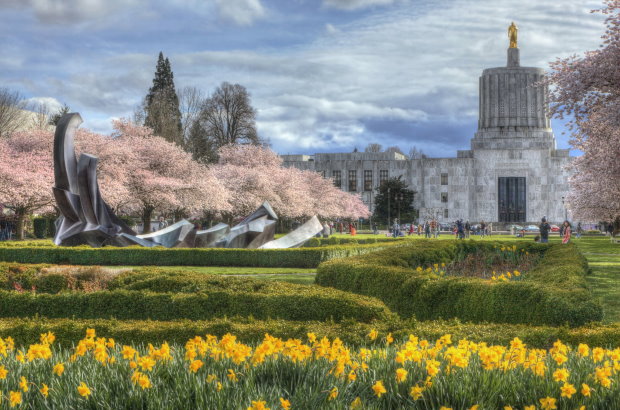
As the historic wildfires that devastated Oregon last September and the most recent ice storms make clear, climate chaos is here and harming Oregon’s communities and well-being now.
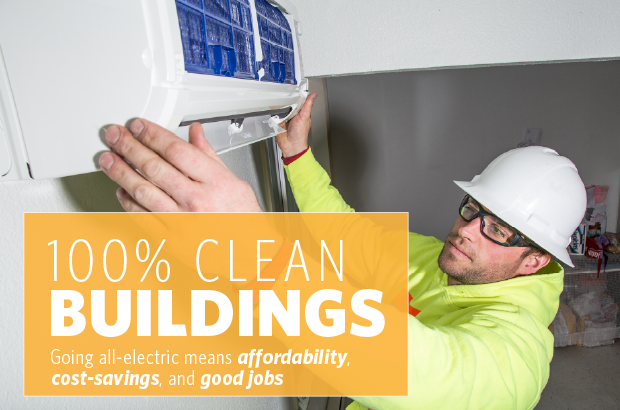
We can make sure that our buildings are healthy and safe. A transition to all-electric will require our communities dispelling misinformation and speaking up for policies that move us off gas in an equitable and just way.

Multnomah County voters recently approved $387 million in library construction bonds. Let's ensure this new building is 100% clean and fossil free.
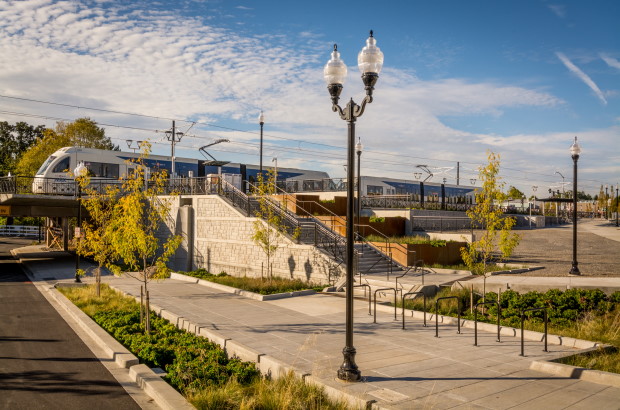
We recently interviewed Mark Gamba, Mayor of Milwaukie, Oregon, about the Let’s Get Moving 2020 ballot measure, the transportation improvements he’s most excited about, and the growth opportunities for our region in the decades to come.

Does it sometimes seem like we're now living in a permanent state of emergency? Because we are. And our need for climate action is anything but a distraction.
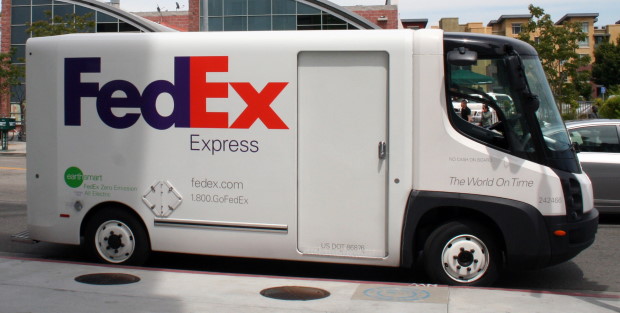
Our state needs to prioritize cleaning up the delivery trucks, transit and school buses, big rigs, and other commercial vehicles that make up the medium and heavy duty transportation sector.
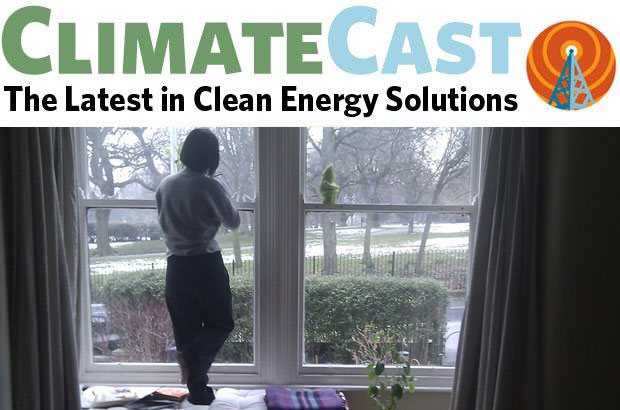
Want to do something about the coronavirus epidemic in your community? Here are some ways to help.
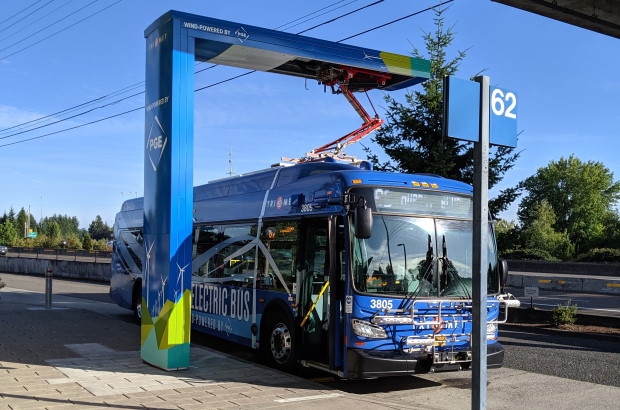
We are excited that the City of Portland and TriMet have taken some big strides to accelerate toward 100% clean and carbon-free operations!

Talking about climate can be an important part of Thanksgiving meals and hangouts. We've got some tips to make it productive, a little easier—and absolutely inspiring.
Join our email list to learn about what we do and how to get involved.
Want to do something about the coronavirus epidemic in your community? Here are some ways to help.
We are excited that the City of Portland and TriMet have taken some big strides to accelerate toward 100% clean and carbon-free operations!